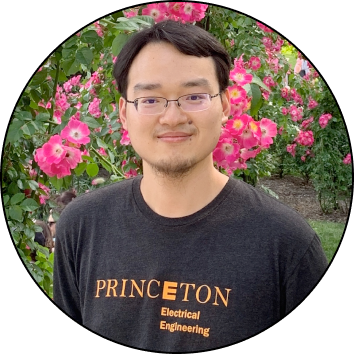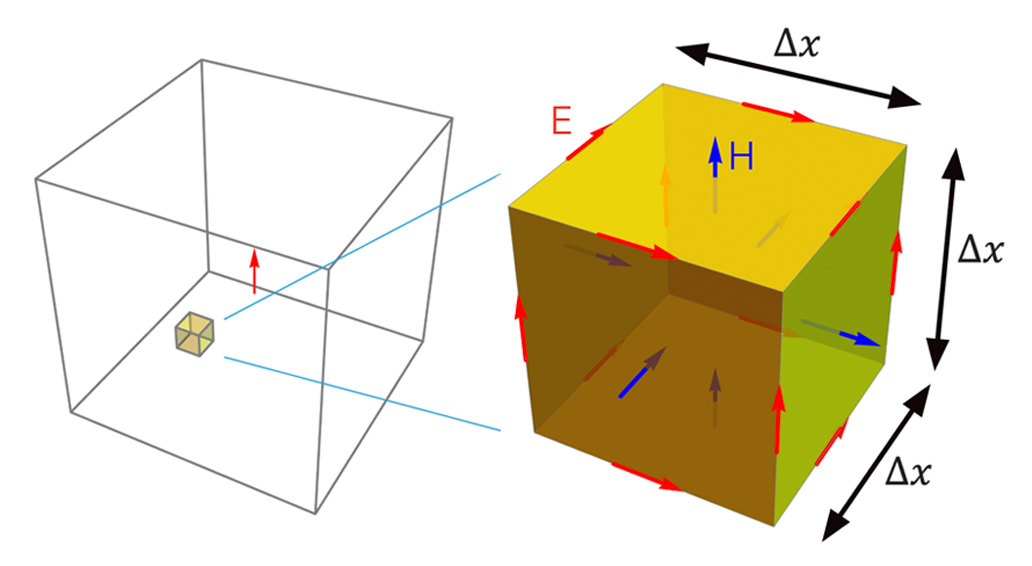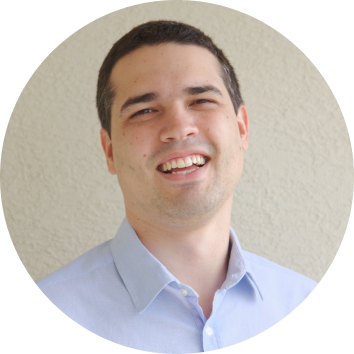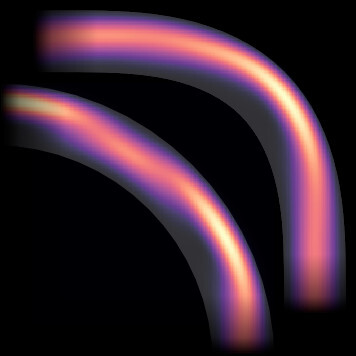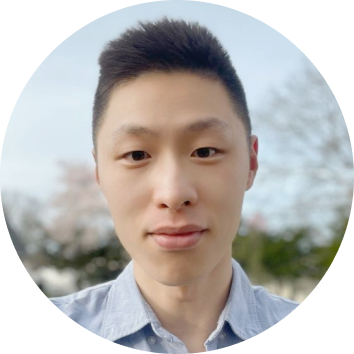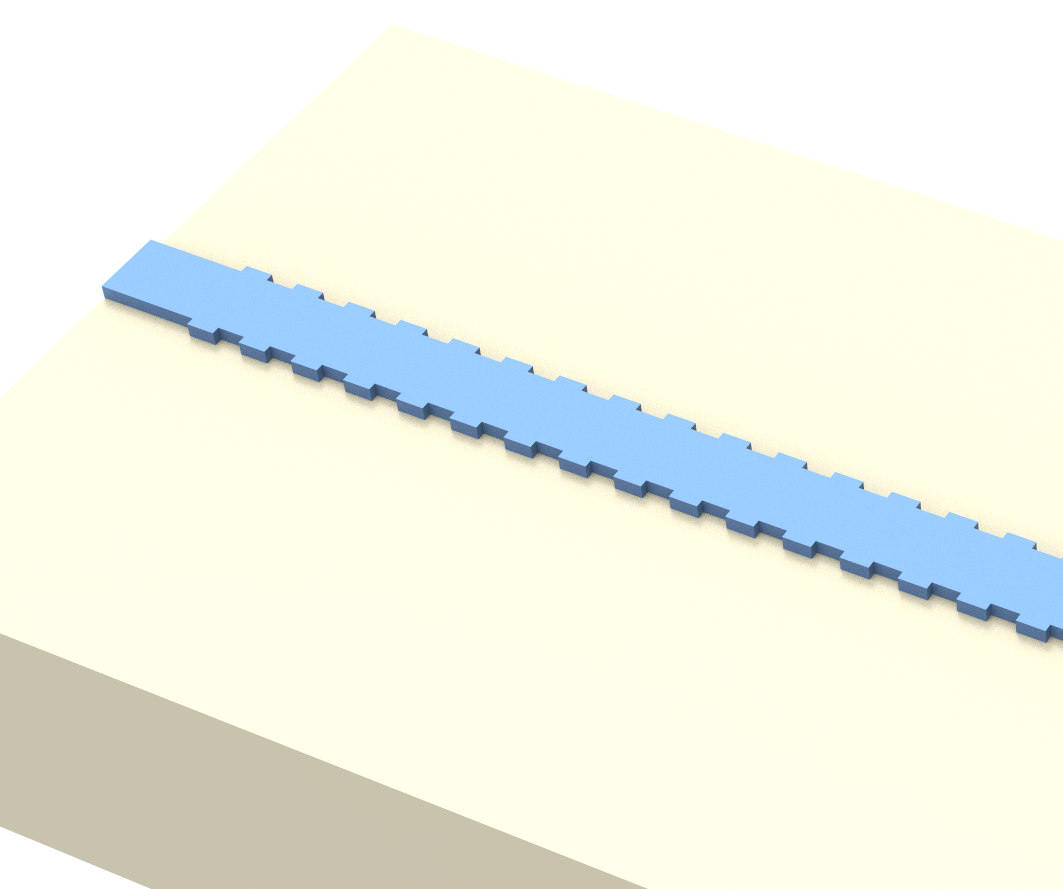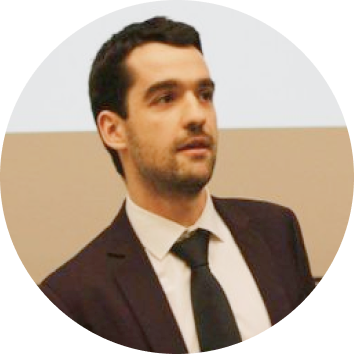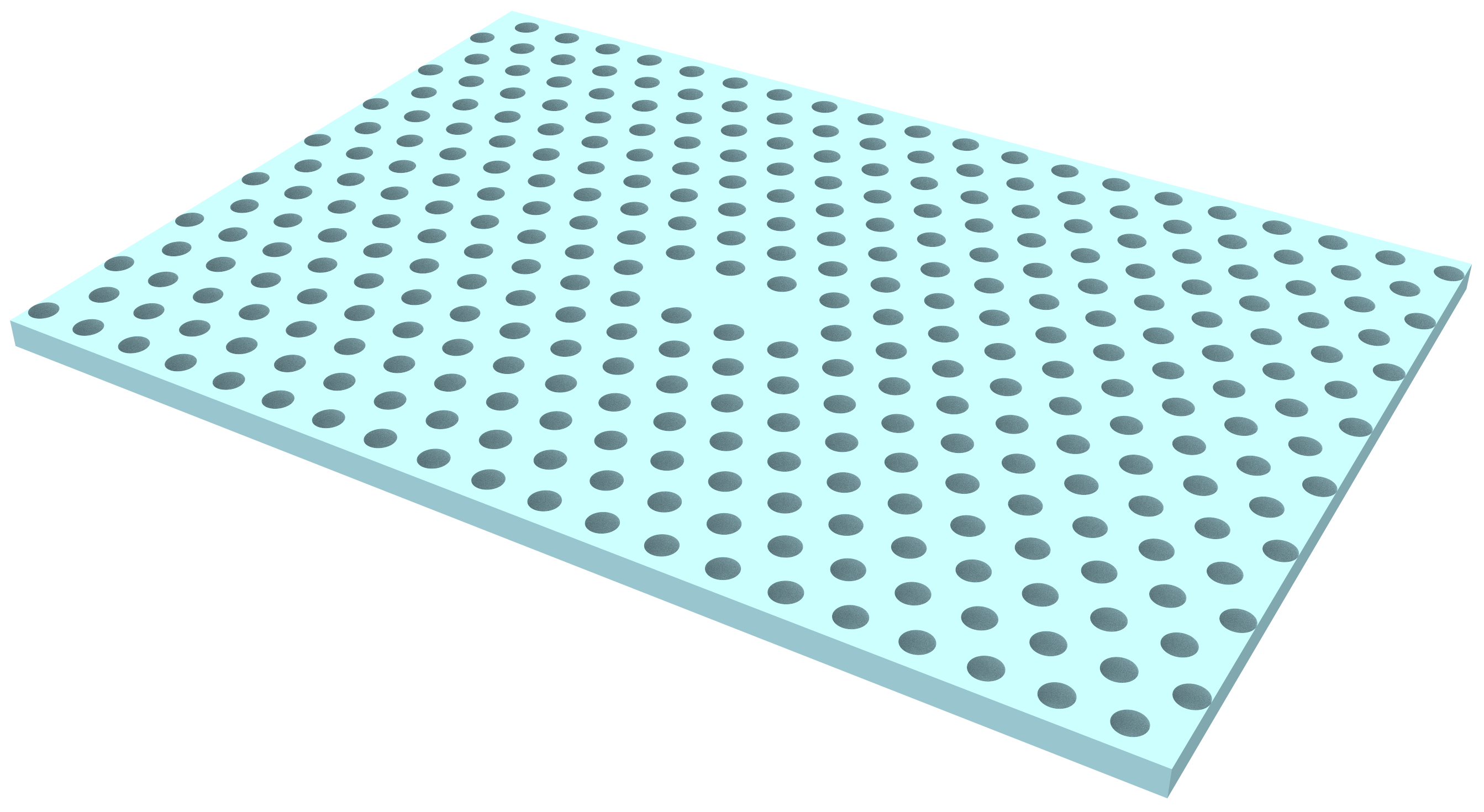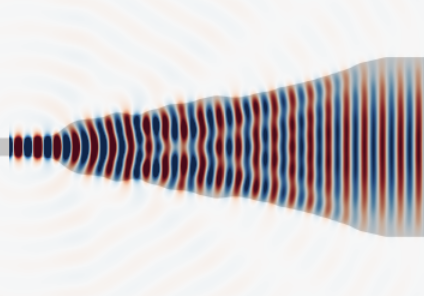The FDTD Method Demystified
The finite-difference time-domain (FDTD) method is a powerful full-wave simulation tool in solving Maxwell’s equations. It is widely used in modeling the behavior of light in nanophotonic devices. In this section, we introduce the fundamental concepts behind FDTD, and how to use it to simulate a wide range of phenomena in photonics. As an example, we show how to compute the scattering cross-section of a dielectric sphere and benchmark it against Mie Theory.
